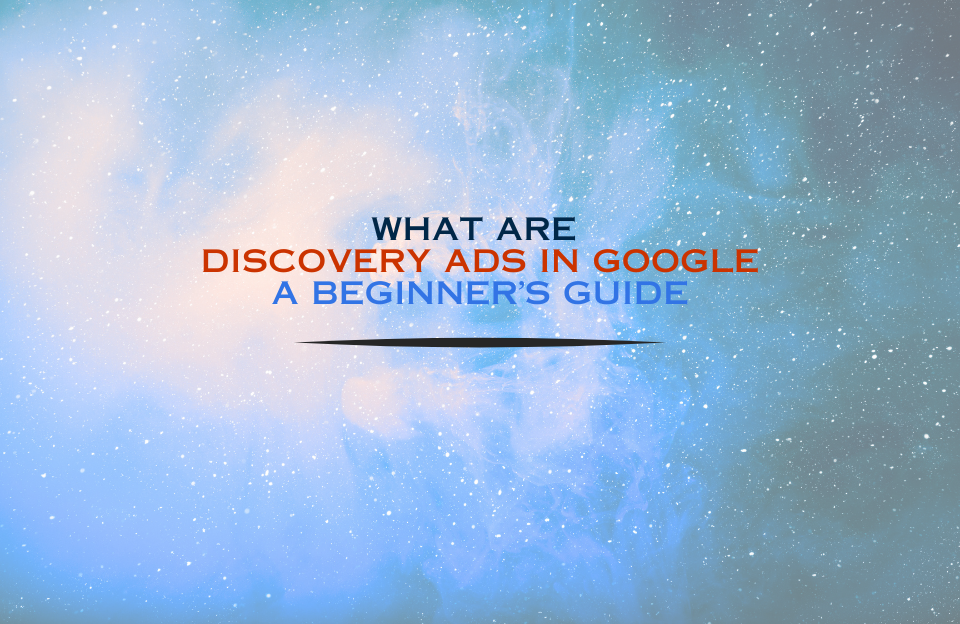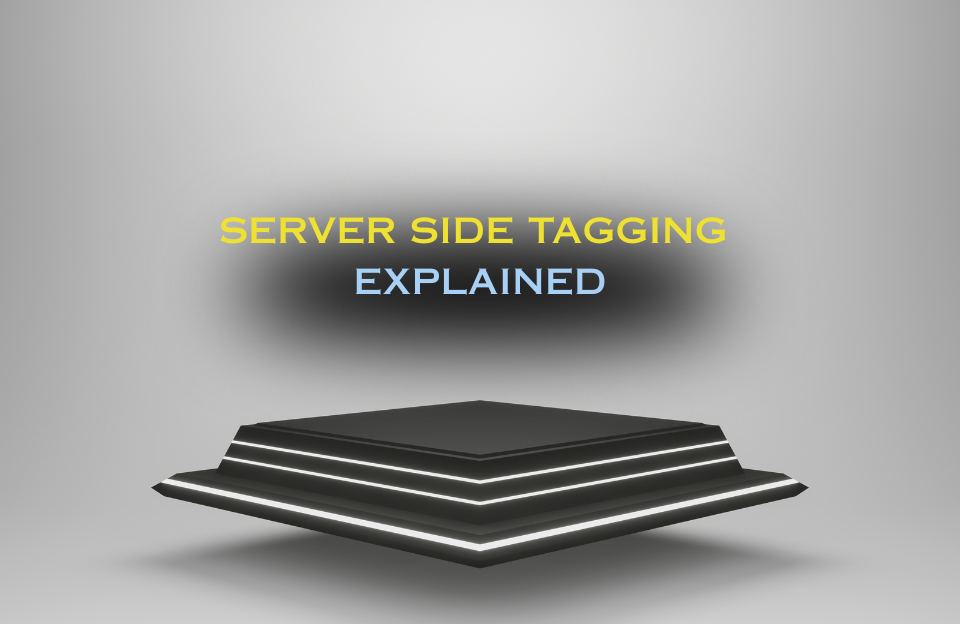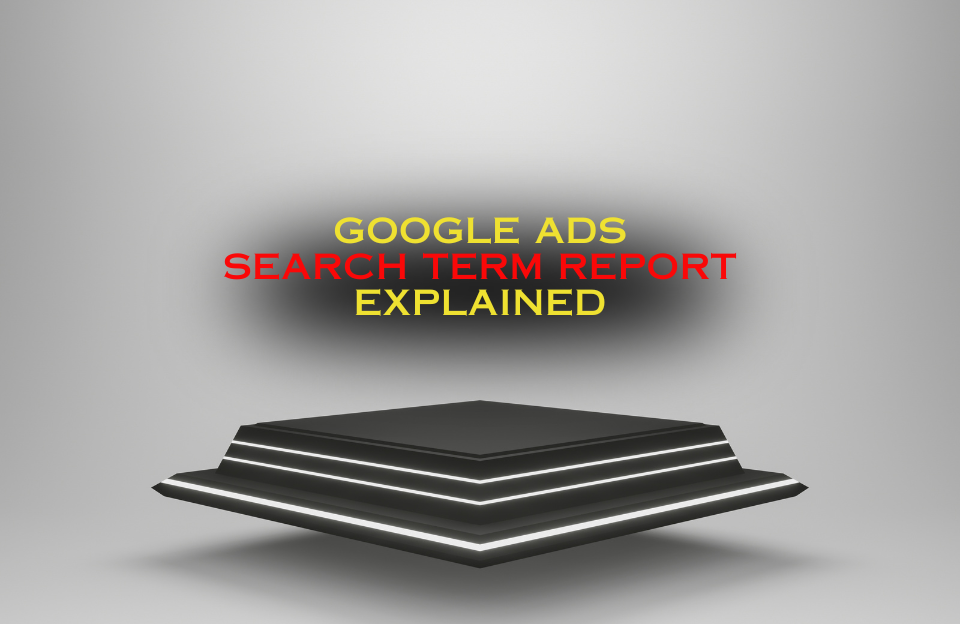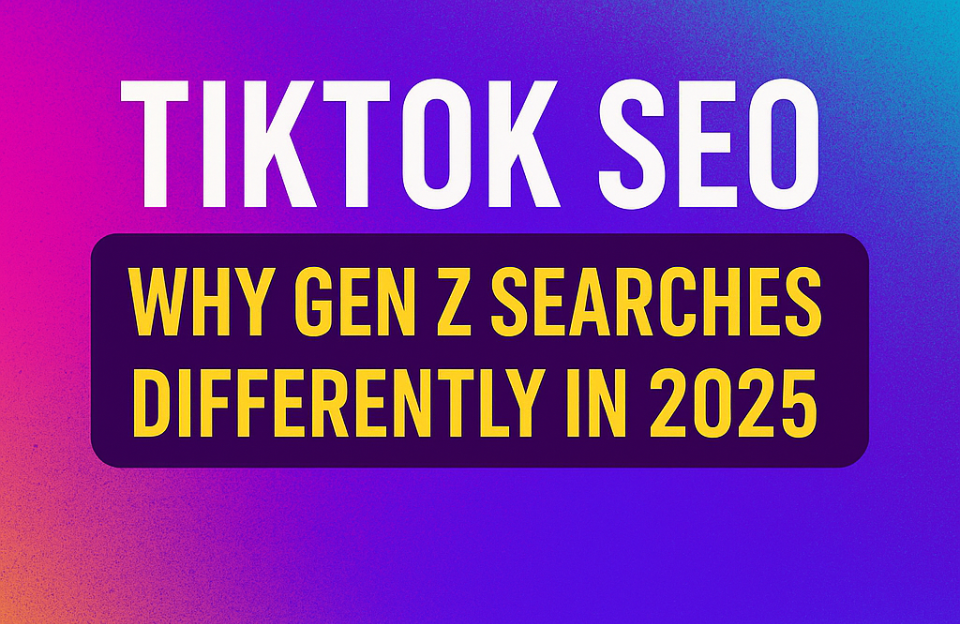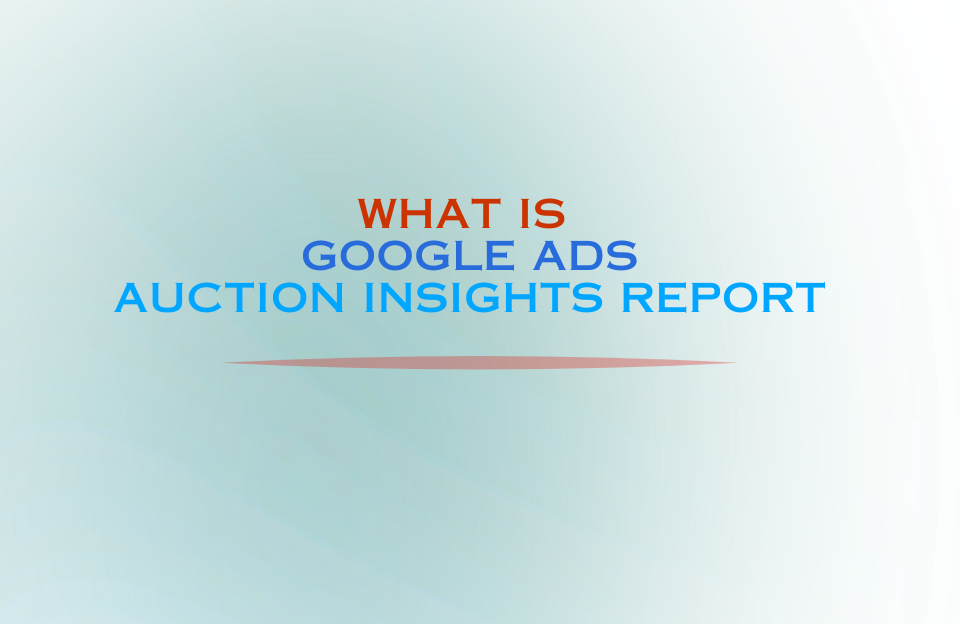Google Discovery Ads are a powerful way to reach potential customers across three key Google properties: YouTube, Gmail, and the Discover feed. These ads are visually engaging, mobile-first, and designed to capture attention through personalized experiences that appear as part of a user’s natural browsing behavior.
What Are Google Discovery Ads?
Discovery campaigns allow advertisers to serve immersive, swipeable image and carousel ads to users based on their interests and intent signals. Unlike search ads that rely on keywords, Discovery Ads are driven by Google’s audience and contextual targeting capabilities, making them ideal for reaching people who are likely to be interested in your brand — even before they start searching.
Where Do Discovery Ads Appear?
- Google Discover Feed: The personalized content feed on the Google app and homepage of mobile browsers.
- YouTube Home & Watch Next Feeds: Ads appear natively among video thumbnails.
- Gmail Promotions & Social Tabs: Discovery ads display like regular emails in a user’s inbox.
Benefits of Discovery Ads
- Massive reach with over 3 billion users across Google surfaces.
- Visually rich formats ideal for showcasing products or stories.
- Highly targeted using Google’s audience and intent signals.
- Cost-effective compared to more competitive channels like Search or Display.
- Ideal for upper and mid-funnel strategies like awareness, consideration, and remarketing.
Creative Formats
You can use two main formats:
- Single Image Ads: One main image with a headline and description. Good for direct messaging.
- Carousel Ads: Multiple swipeable images, each with its own headline and URL. Great for showcasing collections or step-by-step stories.
Best Practices for Discovery Campaigns
- Use high-resolution images (at least 1200 x 628 px and 1:1 square images).
- Include your logo and maintain brand consistency.
- Write compelling headlines and descriptions that create curiosity or emotional resonance.
- Utilize Google’s audience signals (e.g., in-market, custom intent, remarketing).
- Avoid overly promotional language — aim for a native feel.
Discovery Ads vs Display Ads
| Aspect | Discovery Ads | Display Ads |
|---|---|---|
| Placement | Discover, YouTube feed, Gmail | Across millions of websites/apps |
| Format | Native-style, single or carousel | Banner ads, text/image/video |
| Targeting | Audience-based + machine learning | Keyword, placement, audience |
| Creative Approval | Stricter (no logos on white background) | Less strict |
| Purpose | Inspiration & consideration | Awareness, retargeting |
Use Cases and Examples
- E-commerce: Showcase a collection with carousel ads, retarget visitors with recently viewed items.
- SaaS: Promote free trials with visually engaging storytelling around use cases.
- Retail: Drive traffic to seasonal collections or in-store promotions.
- Personal Branding: Promote a newsletter, online course, or podcast through native ads in Gmail and YouTube.
Setting Up a Discovery Campaign
- In Google Ads, click “+ New Campaign.”
- Select your goal (e.g., Sales, Leads, Website Traffic).
- Choose “Discovery” as the campaign type.
- Set your bidding strategy (e.g., Maximize Conversions).
- Select your audience targeting.
- Upload your creatives (images, headlines, descriptions, logos).
- Launch and monitor performance using metrics like CTR, conversions, and engagement.
Conclusion
Google Discovery Ads offer a high-impact, visually rich format for reaching engaged audiences at scale. Their seamless integration into Google’s most used surfaces—YouTube, Gmail, and Discover—allows advertisers to generate results across the funnel. When paired with strong creatives, audience signals, and strategic bidding, Discovery Ads can drive measurable business outcomes.
Explore more campaign formats in our Google Ads category.
